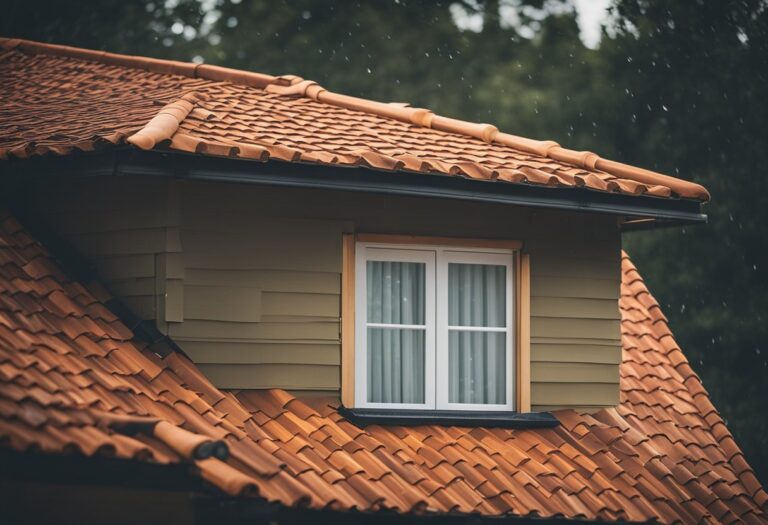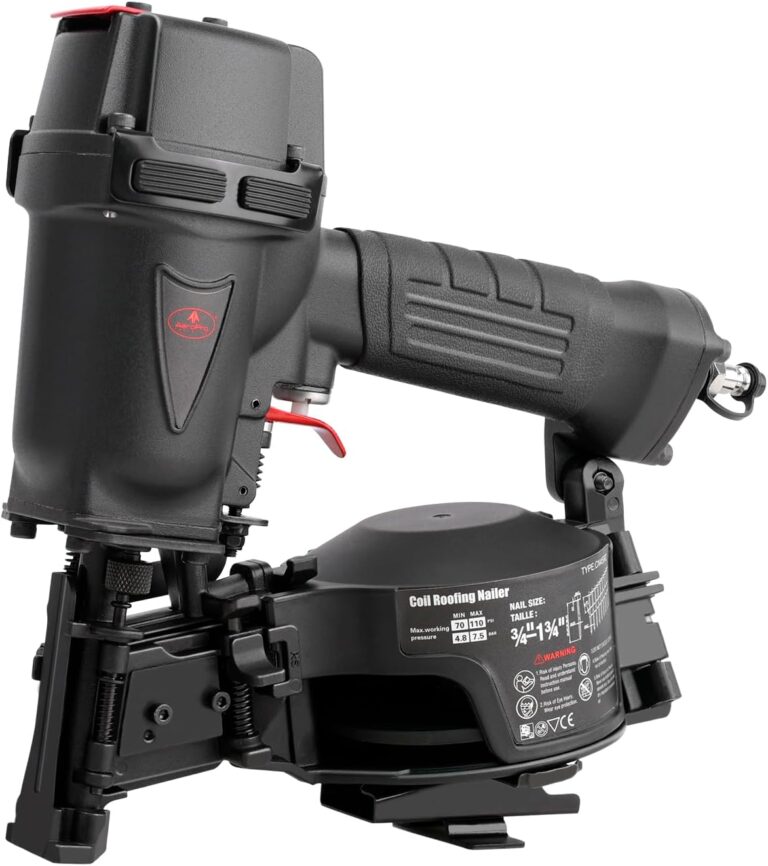Storms can be devastating for homeowners, especially when it comes to the safety and integrity of their roof. High winds, heavy rain, and hail can cause significant damage, leading to costly repairs and potential safety hazards. To mitigate these risks, it’s essential for homeowners to take steps to storm-proof their roofs.

One of the most critical steps in storm-proofing a roof is ensuring that it is properly installed and maintained. A roof that is in good condition and built to withstand high winds and heavy rain is less likely to sustain damage during a storm. Regular inspections and maintenance can help identify and address potential issues before they become more significant problems.
Another essential step in storm-proofing a roof is choosing the right materials. Some roofing materials are better suited to withstand storms than others. For example, metal roofs are often more durable and less likely to sustain damage from high winds and hail than traditional asphalt shingles. Homeowners should consider their local climate and weather patterns when selecting roofing materials to ensure they choose the most appropriate option for their home.
Evaluating Your Roof’s Vulnerability

Assessing Age and Current Condition
The age and current condition of a roof are important factors in determining its vulnerability to storms. A roof that is nearing the end of its expected lifespan or is in poor condition is more likely to sustain damage during a storm. Homeowners should inspect their roof regularly and look for signs of wear and tear, such as cracked or missing shingles, rusted flashing, or sagging areas.
Checking for Previous Storm Damage
If a roof has been damaged in a previous storm, it may be more vulnerable to future storms. Homeowners should inspect their roof for signs of previous damage, such as dented or cracked shingles, missing or damaged flashing, or areas where the roof deck has been exposed.
Identifying Potential Weaknesses
Certain types of roofs and roof features may be more vulnerable to storm damage than others. Homeowners should evaluate their roof’s design and features to identify potential weaknesses, such as flat or low-sloped roofs, large roof spans, or areas where the roof meets a wall or chimney.
By evaluating their roof’s vulnerability, homeowners can take steps to protect their home and minimize damage in the event of a storm. Regular inspections, maintenance, and repairs can help ensure that a roof is in good condition and better equipped to withstand the elements.
Implementing Storm-Proofing Measures

Selecting Durable Materials
When selecting materials for a storm-proof roof, homeowners should prioritize durability and resistance to extreme weather conditions. Some of the most popular options include metal, tile, and asphalt shingles. Metal roofs are known for their strength and durability, while tile roofs offer excellent resistance to wind and hail damage. Asphalt shingles are a cost-effective option that can also provide good protection against storms.
Improving Roof Structure and Stability
In addition to selecting durable materials, homeowners can further improve the storm resistance of their roofs by ensuring proper structure and stability. This may involve reinforcing the roof deck, installing additional bracing, or upgrading the roof trusses. Homeowners should consult with a professional contractor to determine the best course of action based on their specific roof design and geographic location.
Ensuring Proper Installation and Maintenance
Proper installation and maintenance are essential for ensuring the effectiveness of storm-proofing measures. Homeowners should hire a licensed and experienced contractor to install their roof and should ensure that the installation adheres to local building codes and manufacturer guidelines. Regular maintenance, such as cleaning gutters and inspecting for damage, can also help prevent storm damage.
Adding Protective Elements
Homeowners can also add additional protective elements to their roofs to further improve storm resistance. This may include installing impact-resistant skylights or windows, adding storm shutters, or installing lightning protection systems. Homeowners should consider their specific needs and budget when selecting additional protective elements.
By implementing these storm-proofing measures, homeowners can help protect their homes and families from the damaging effects of severe weather.






